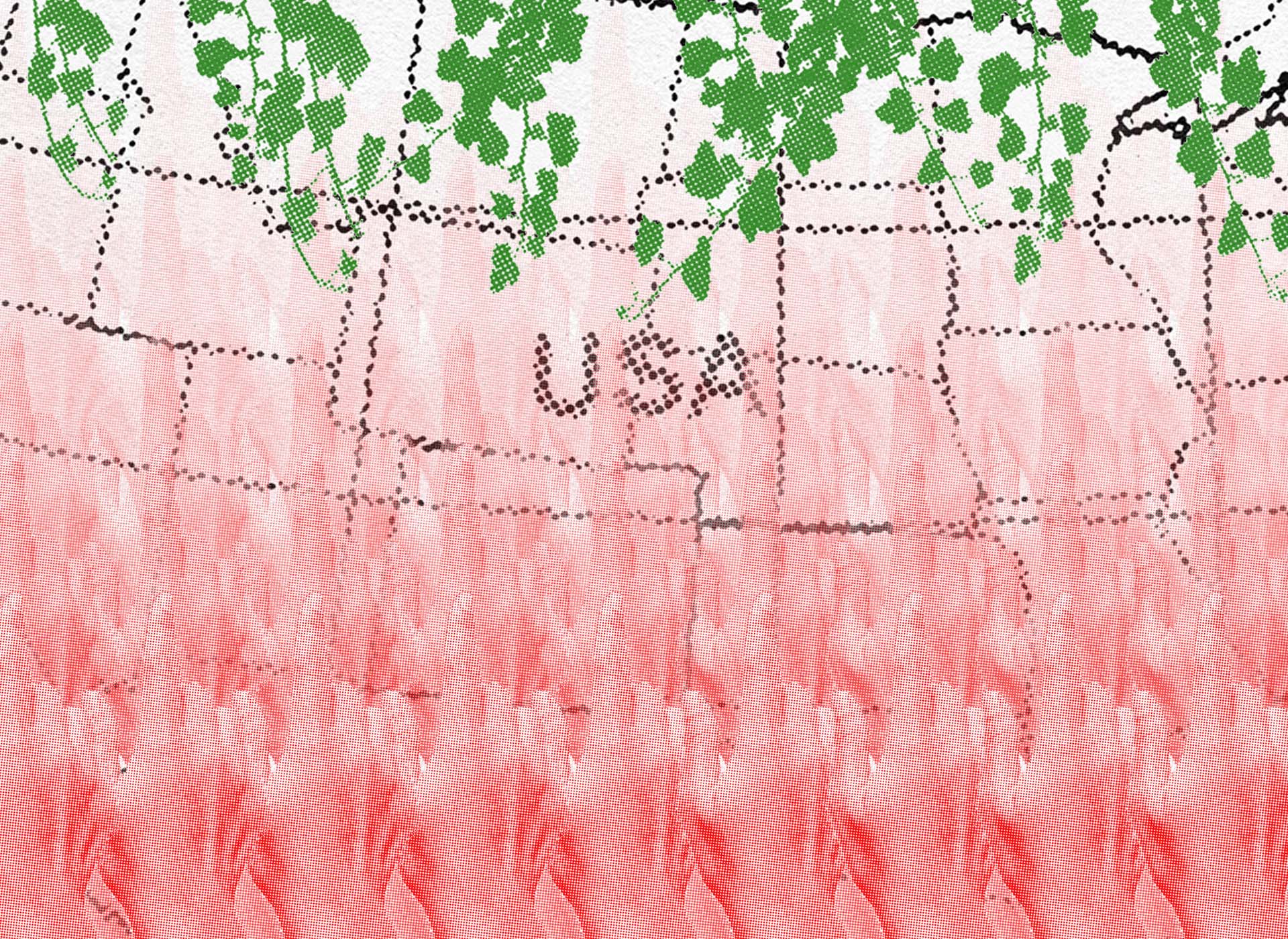
The Whole World In Its Hands
The Biden administration's efforts to conserve America's land and waterways are not what they seem
At the start of Biden's Presidency, one of the understudied initiatives he kicked off amidst his flurry of Executive Orders was a plan to protect 30% of America's land and waterways by 2030 to combat climate change and protect biodiversity. Known as the 30x30 Plan, farmers and other private property advocates quickly tagged it the "30x30 Land Grab" as it pledged to use federal funds to put as much land under federal protectorates as possible in order to return it to its natural state. The end goal is 50% by 2050, but presumably, 30% by 2030 workshopped better in whatever sloganeering test tube they develop these things in.
The movement to conserve 50% of the world's land and waterways by 2050 comes to us by way of late biologist E.O. Wilson, most famous for his work on ants and known by many as the "father of sociobiology", whose book Half Earth advocated for the preservation of 50% of Earth's land and ocean areas in their natural state. He declared that it is “the only way to save upward of 90 percent of the rest of life.”
We like to make fun of the arbitrariness of government numbers around here, but this one might take the cake. What makes it especially compelling as a candidate for the Dumbest Centrally Planned Number Award is that E.O. Wilson was horrible at math. At 32, as a tenured professor at Harvard, Wilson had to take introductory Calculus alongside the students he was teaching. I, for example, took introductory calculus when I was 16 and am a lot dumber than Wilson — except when it comes to Math apparently.
Since rebranded as the America the Beautiful Initiative, it's yet another example of the "it's not happening and it's good that it is" phenomenon identified by political philosopher Michael Anton. Critics of the initiative cite it as a threat to private ownership as proponents declare, "No, we're not using eminent domain to seize your land, just offering you a deal you can't refuse and not letting you use it as if it were your own land."
Putting some portion of your land under a protectorate requires yearly inspections and, potentially, fines if the land is not properly managed according to inspectors. If the landowner has a mortgage on the property, the rights of the owner expressed through the mortgage will be secondary to the rights of the owner expressed through the protectorate.
If that's not a compelling enough case for why the initiative points the US in a dangerous direction, consider that as the debate around taxing the rich heats up, much of that animus is directed at the "estate tax." If estate taxes increase, making it more difficult than it already is to keep contiguous farms in the family, then farmers and landowners will look more and more fondly on federal easements wherein they give up property rights on certain parts of their property in exchange for money.
At present, only 12% of America's land and waterways are under federal protectorates. In the US, 60% of all land is privately owned. This private land also happens to be where 2/3 of the conversion from natural land to developed land occurs, be it for farming, housing, or industrial use. Of all private lands, only 1% of it is protected under a federal easement. It's not hard to see that the market for these federal easements lies almost entirely among private landowners.
It's worth noting that this movement is not restricted to the US. It is a global phenomenon. In the UK, for example, conservation groups have begun to employ psychologists to ease the skepticism of would-be private landowners. In the US, the methods employed to ring upwards of 440 million more acres from the hands of private landowners in exchange for cash to ease the burdensome strain placed on them by existing regulations are not immediately clear.
But late last week, the Biden administration made its opening move earmarking $1 billion from the infrastructure bill passed last year to kickstart the America the Beautiful Challenge. Administered by the National Fish and Wildlife Foundation (NFWF), the challenge will "offer states, Tribes, territories, local groups, non-governmental organizations (NGO), and others the opportunity to apply for multiple grant programs through a single application." The document is colored with language like "environmental justice" and "advancing equity" and all the wokeness we've come to know and love.
At the root of the attempt to rewild land under the mistaken conception that untrammeled, non-human occupied land is somehow "good" for the Earth and its people lies a deep antipathy for people. The conservation movement is largely divided into two camps. One camp sees people as apart from nature, and the other, as part of it. The Biblical take on this is that man gave being to the animals, trees, and plants, and thus, is apart from nature. He is a higher being ruled by higher impulses and works the land to achieve these higher ends. The would-be rewilders see man as a lowly part of nature. From this purview, mankind was just one iteration away from crawling on his belly like a snake.
If you've spent any amount of time gardening or working in the yard, you understand the chaos and aggression expressed by the natural world as it gnaws and obfuscates whatever order you try to impose on it. The natural world needs the discipline of man. The present conservation movement thinks that pristine nature without man present will somehow improve the lot of the world. Nothing could be further from the truth. Werner Herzog has a famous angle on it, albeit stated comically in a thick German accent, saying that the harmony in nature is one of "overwhelming and collective murder." The natural world needs man as its disciplinarian.
